"Besieging" Model Y, who defeated it in Tesla's advantageous area?
![]() 09/30 2024
09/30 2024
![]() 402
402
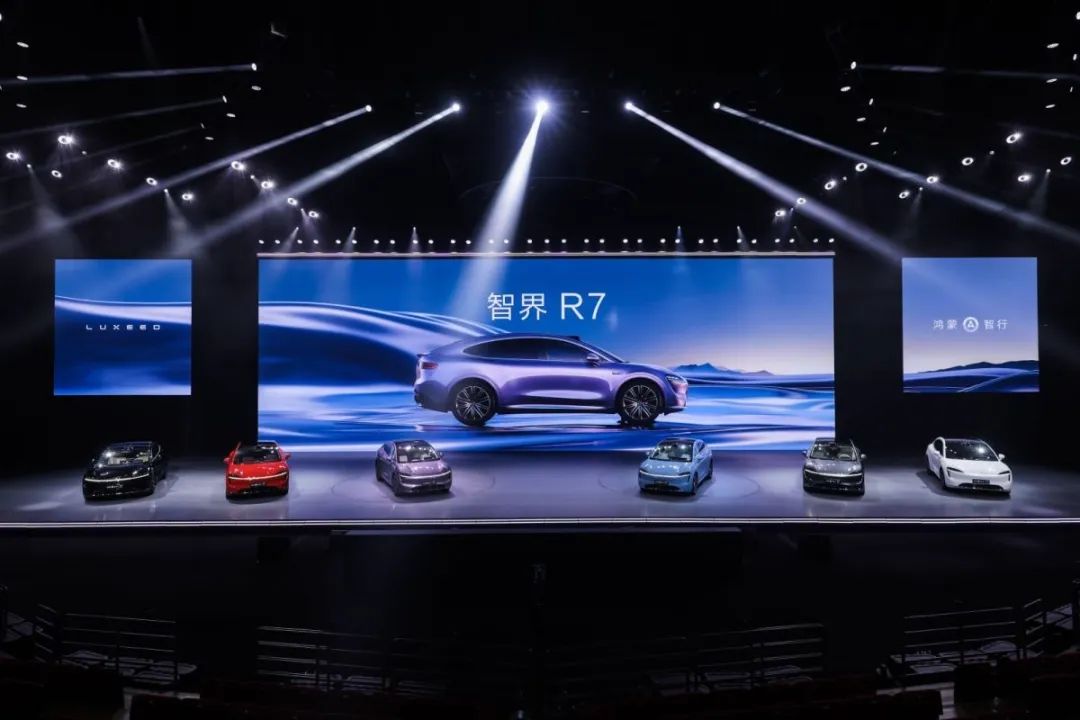
Introduction
In terms of performance, the Zhijie R7 has comprehensively defeated Tesla's Model Y, surpassing the competition based solely on vehicle parameters. It represents a victory rooted in technology and a symbol of the rise of China's manufacturing industry.
The cycle of dynastic changes never stops.
In 2023, Tesla's Model Y soared to become the world's best-selling vehicle and also won the title of the top-selling new energy vehicle in the Chinese market. So, who will bring an end to Model Y's reign?
In the fiercely competitive Chinese market, domestic new energy SUVs have besieged Model Y for three years, but the battle dynamics have quietly shifted this year.
As we enter September, the latest competitors such as Letao L60, Zeekr 7X, and AVATR 07 have entered the market, posing a greater threat to Model Y than ever before. However, the true game-changer is the Zhijie R7, jointly created by Huawei HarmonyOS Intelligent Driving and Chery.
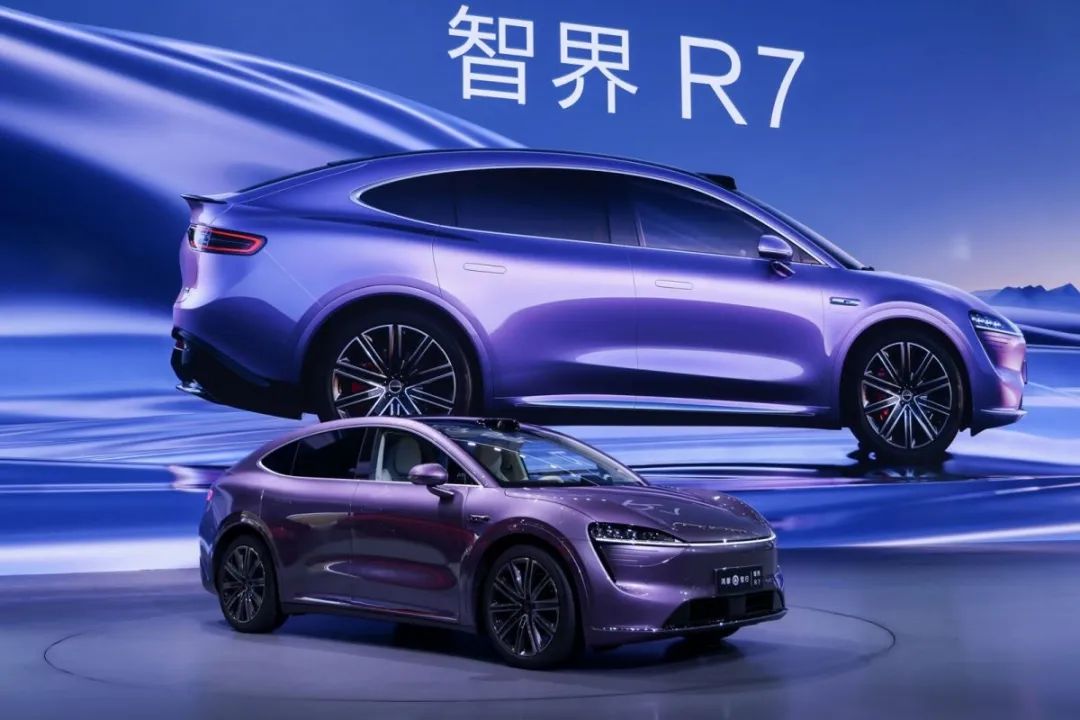
The battle rages on, with consumers voting with their feet. Since its launch, the Zhijie R7 has garnered impressive pre-orders. From September 24th to 28th, it received over 11,000 pre-orders, with over 2,000 on September 28th alone.
Five years after its debut, Model Y is showing signs of aging. Its minimalist design, reminiscent of an unfinished house, fails to appeal to Chinese aesthetics. Its inadequate seating comfort, NVH issues, and sun-exposed panoramic roof are at odds with consumers' pursuit of comfort. Even its prized autonomous driving technology is currently unavailable in China. Its dominance in the 250,000-350,000 RMB pure electric SUV segment has allowed it to enjoy a first-mover advantage.
Combining Huawei HarmonyOS's cutting-edge technology with Chery's reliability, the Zhijie R7 is the first pure electric coupe SUV to surpass Model Y in every dimension, including space, intelligence, power, handling, and comfort.
Even in its area of expertise – intelligent technology – Tesla has been uprooted, suffering a rare setback in its stronghold.
However, the story goes beyond the victory of a single vehicle. The Zhijie R7 represents the latest efforts of Huawei HarmonyOS Intelligent Driving and Chery, symbolizing the rational return of the belief that Tesla can be surpassed and the advancement of China's manufacturing industry.
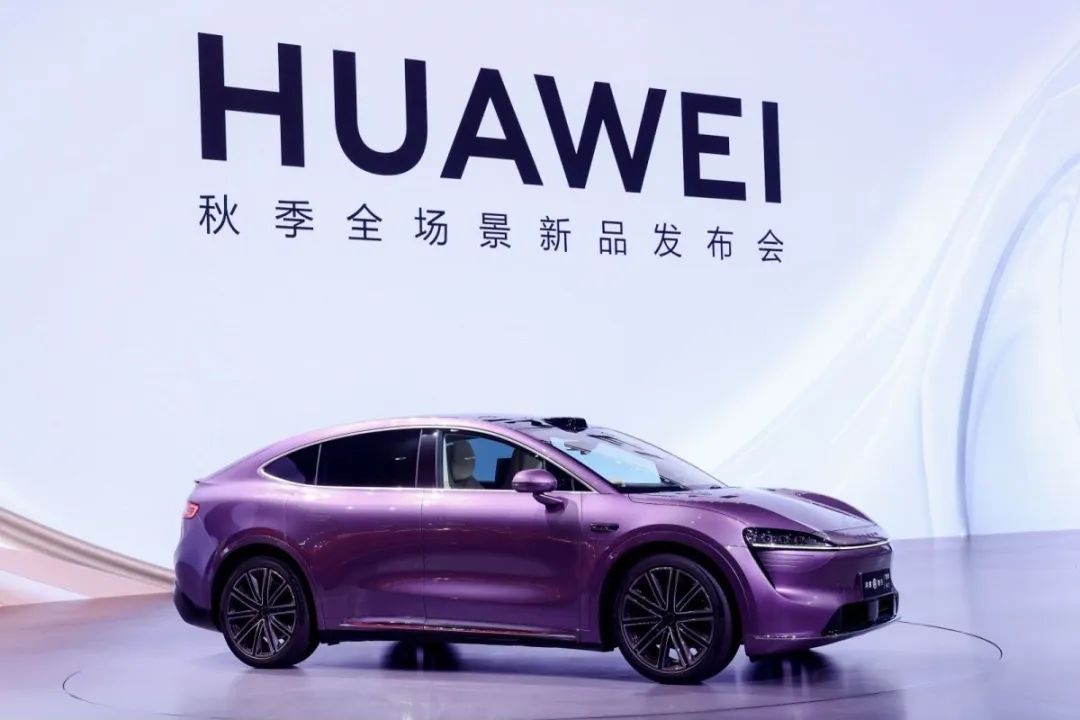
'Besieging' Model Y Enters a New Phase
Why do we say that September 2024 marks a new phase in the 'besieging' of Model Y? Because the launch of the Zhijie R7 signifies the first time a vehicle has comprehensively surpassed Model Y in performance.
Previous attempts by pure electric SUVs to challenge Model Y failed due to Tesla's dominant brand power and the fact that challengers often only excelled in one or two areas, failing to achieve an overall victory.
For example, some models boasted impressive intelligent features, such as early adoption of XNGP urban advanced autonomous driving, but lagged behind Model Y in power and energy efficiency. Others achieved 0-100km/h acceleration in just 3.48 seconds and boasted agile handling, but fell short in intelligence and energy savings. Still, others surpassed Model Y in intelligence, comfort, and space but lacked distinctive design.

So, what about the Zhijie R7?
Let's start with market segmentation and spatial design. Model Y spearheaded the trend of coupe SUVs with its sleek exterior and low wind resistance, but space became a persistent pain point. The Zhijie R7 achieves the best of both worlds, offering both ample space and coupe SUV styling.
With a rear headroom of 1,034mm, the Zhijie R7 undoubtedly leads the coupe SUV segment. Both Model Y's 1,007mm and the BMW X6's 977mm, as well as the Porsche Cayenne Coupé's 954mm, pale in comparison.
Remarkably, the Zhijie R7 not only combines coupe styling with spaciousness but also balances passenger and cargo space. Its 837L three-layer trunk and 2,130L extended capacity when the rear seats are fully reclined truly satisfy the desire for both form and function.
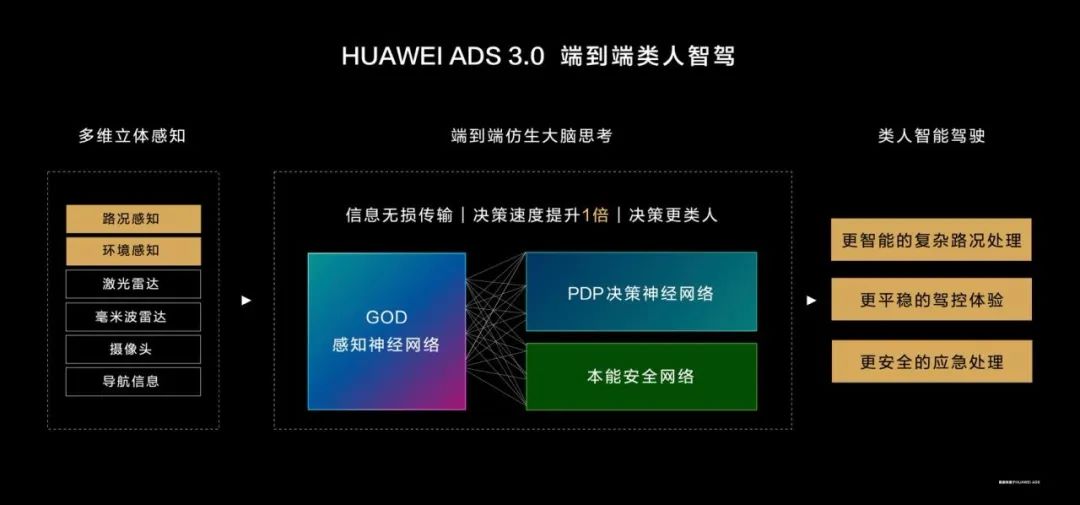
But doesn't Tesla still have its intelligent technology as an ace up its sleeve?
The Zhijie R7 comes equipped with the latest HUAWEI ADS 3.0 advanced intelligent driving system, outshining Tesla's still-in-testing FSD V12.5. While Tesla popularized the end-to-end new architecture globally, HUAWEI ADS 3.0 pioneered its domestic application, now covering islands nationwide under its intelligent driving umbrella.
"Without being modest, Huawei's ADS 3.0 intelligent driving system, after comprehensive evaluations, is currently the most powerful and safest intelligent driving system in the world," declared Yu Chengdong, Executive Director of Huawei, Chairman of the Terminal BG, and Chairman of the Intelligent Automobile Solutions BU. "It represents a generational leap in performance."
In traditional automotive performance dimensions, the Zhijie R7 continues to reign supreme over Model Y.
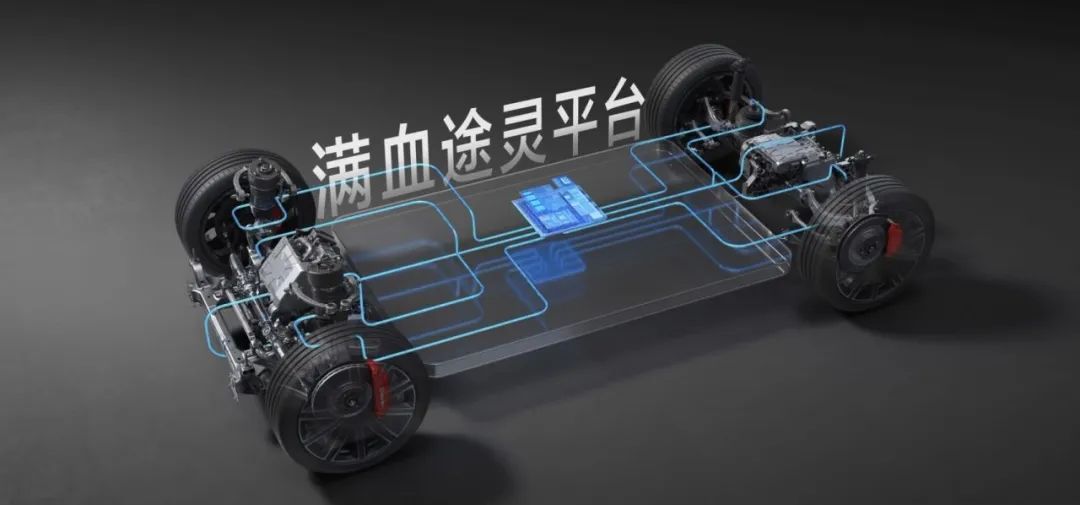
The Zhijie R7 uses 2.2 times more aluminum alloy in its chassis than Model Y. Equipped with continuously variable dampers and air suspension, its fully-loaded Tuling platform is armed to the teeth. Boasting intelligent and lightweight chassis design, it features intelligent preview and recognition of road conditions, enabling smart adjustments to reduce body roll and impact, striking a balance between sportiness and comfort. Its moose test score of 82.3 km/h surpasses even the renowned Alfa Romeo Stelvio by 0.3 km/h.
Coupled with a low drag coefficient of 0.219Cd, the Zhijie R7 consumes just 13.2 kWh per 100 km, 0.2 kWh less than Model Y. Its 100 kWh battery variant boasts a CLTC range of 802 km in rear-wheel-drive configuration.
Behind these impressive figures lies a deeper logic – why is the Zhijie R7 able to comprehensively surpass Model Y? This relates to the "secret recipe" of cutting-edge technology.
"How Did We Achieve Generational Leap?"
"The Zhijie R7 comprehensively surpasses Tesla's Model Y in performance" is not just a game of specs or a product competition; it's a testament to the rise of a national industry.
Why is it that in the era of BMW X6, coupe SUVs with fastback designs often compromised on space, while the Zhijie R7 maintains ample space?
At its core, this achievement stems from the technological and process advancements of Huawei HarmonyOS Intelligent Driving and Chery. This represents a unique "vehicle manufacturing model" in China's era of smart electric vehicles. While Huawei brings its rapid innovation and cutting-edge technology from the new forces and ICT industry, Chery, as a traditional and reputable automaker, contributes its solid manufacturing capabilities. Together, they create a synergy greater than the sum of its parts.
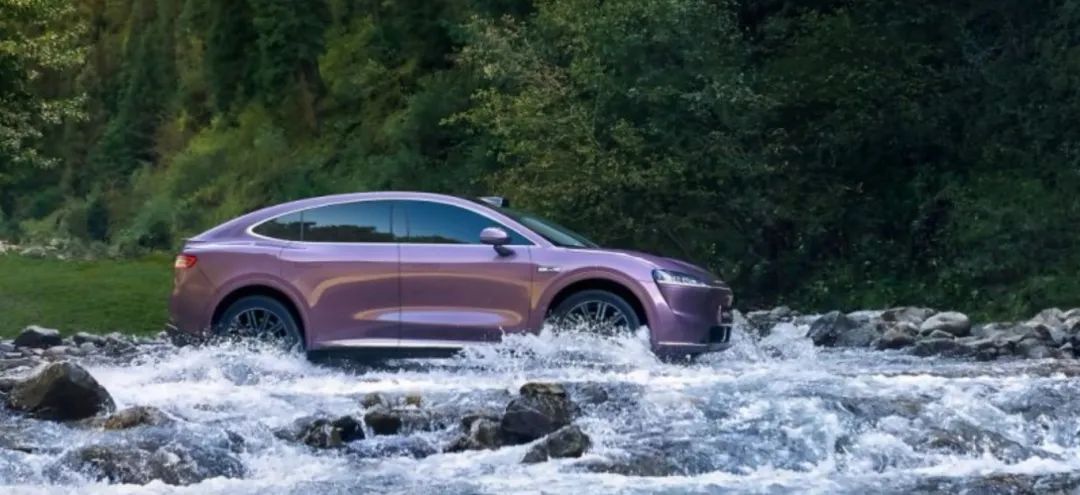
Automobiles are complex systems, and factors influencing interior space extend beyond exterior design and interior layout. The size of the powertrain and chassis suspension also play crucial roles.
The Zhijie R7 ingeniously adopts a family-style OneBox design concept, exuding a minimalist style fused with aerodynamic curves. This wouldn't be possible without the latest aerodynamic designs. Huawei's DriveOne multi-in-one electric drive system integrates the reducer, MCU, and motor, delivering powerful performance while minimizing size.
According to engineers, space optimization in automobiles involves meticulous attention to detail. "Space optimization in automobiles today is achieved through incremental improvements, even down to enhancing electrical and electronic architecture integration and reducing wiring harness usage," they explain.
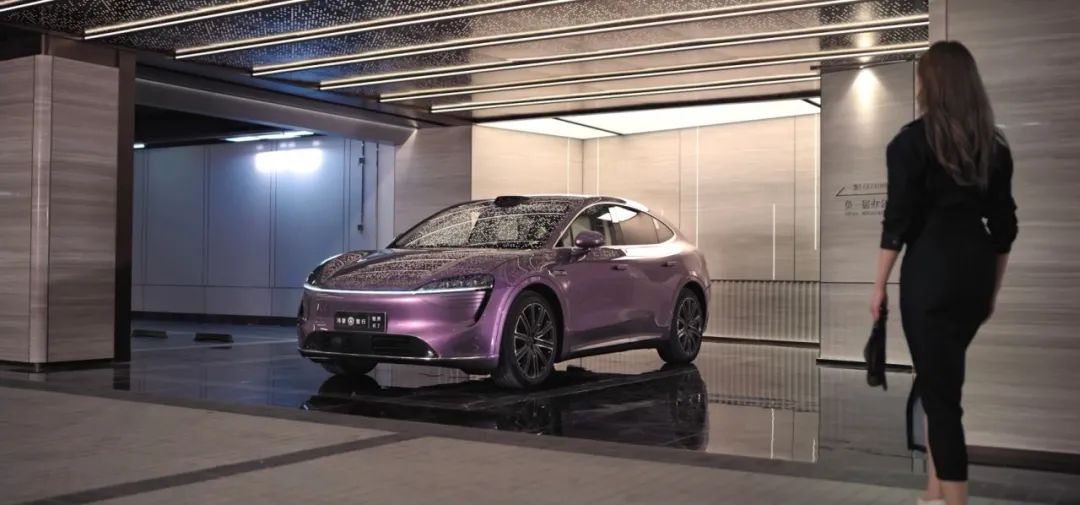
Thanks to the tireless efforts of the design, R&D, engineering, and manufacturing teams, we witness a new generation of 'space magicians' in automobiles, where sleek coupe lines coexist with unexpectedly spacious interiors. No wonder Chery Chairman Yin Tongyue praised, "The Huawei team is more craftsmanlike, and the Zhijie R7 has become a new benchmark for intelligent luxury SUVs."
Intelligence is another highlight, as it was once Tesla's forte.
At Huawei's launch event, while Yu Chengdong refrained from using the phrase "far ahead," he did describe ADS 3.0 as "generationally leading." This is because the entire system is designed to continuously evolve, ensuring it stays ahead at every step.
So, how does Huawei lead in intelligent technology? It's not through slogans but through a fundamental approach. Huawei is the only company that truly conducts full-stack in-house research and development of intelligent technology, encompassing the underlying OS system, sensors, software, algorithms, and cloud services. Years of accumulation and refinement have naturally led to technological leadership.
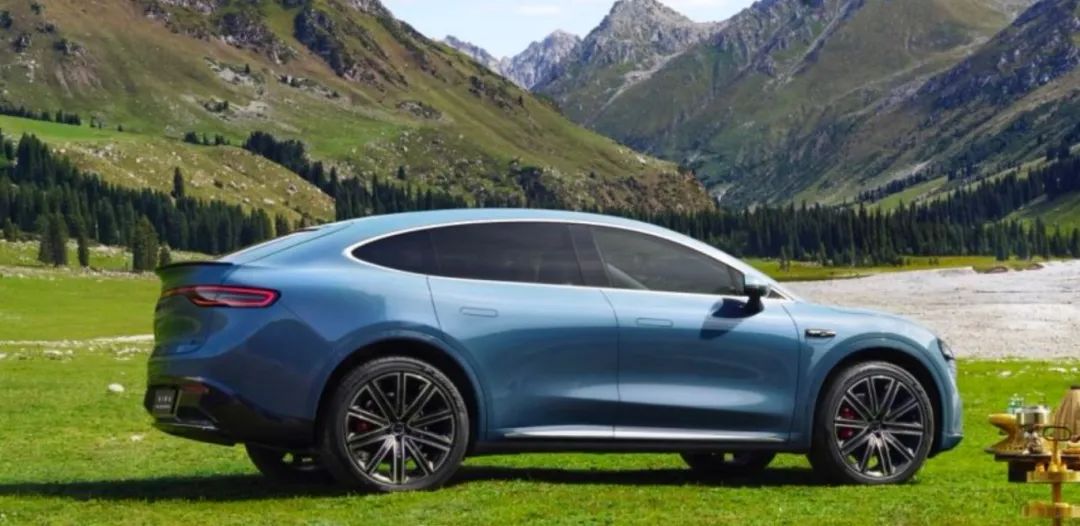
This leadership translates into a superior user experience. Owners of vehicles equipped with ADS 3.0, like the Zhijie R7, will enjoy smoother, more reliable, and safer autonomous driving. Scenarios such as unprotected left turns and navigating complex island intersections, which remain challenging for FSD V12, are effortlessly handled by ADS 3.0, even without HD maps and in end-to-end scenarios.
No wonder Yu Chengdong confidently states that the Zhijie R7 "learns from the best, surpasses the best, and becomes even better than the best," comprehensively outperforming Model Y and offering consumers a superior choice.
From initially trailing far behind Model Y, to mid-game skirmishes with localized advantages but overall inferiority, to the Zhijie R7's current comprehensive surpassing of Model Y, this transformation wouldn't have been possible without the tireless efforts of countless employees from Huawei HarmonyOS Intelligent Driving, Chery, and all related enterprises. Deeper still, it's driven by broader macroeconomic forces.
Demystifying Tesla, Celebrating the Rise of Chinese Manufacturing
'China's automobiles surpassing Tesla is a historical inevitability.'
This assertion holds true from both a fundamental and macro perspective in the automotive industry. The development of any industrial product relies on the overall manufacturing sector's support.
History offers insights – how did the United States overtake Germany, the cradle of the automobile, to become the world's largest automobile producer and seller?
In 1908, the Ford Model T ushered in the era of industrial assembly lines, sparking the First Industrial Revolution. Ford became the best-selling automobile. In 1919, General Motors pioneered financial innovation and product upgrades, topping global sales in the 1930s and maintaining that position for 76 consecutive years until Toyota surpassed it in 2008.
"Either Ford or General Motors reigned supreme; either through production revolution or financial innovation." Behind this lies the fact that the United States had the world's largest GDP in 1904, the electrical technology revolution empowered humanity with unprecedented energy levels, and the country established the most comprehensive industrial manufacturing system.
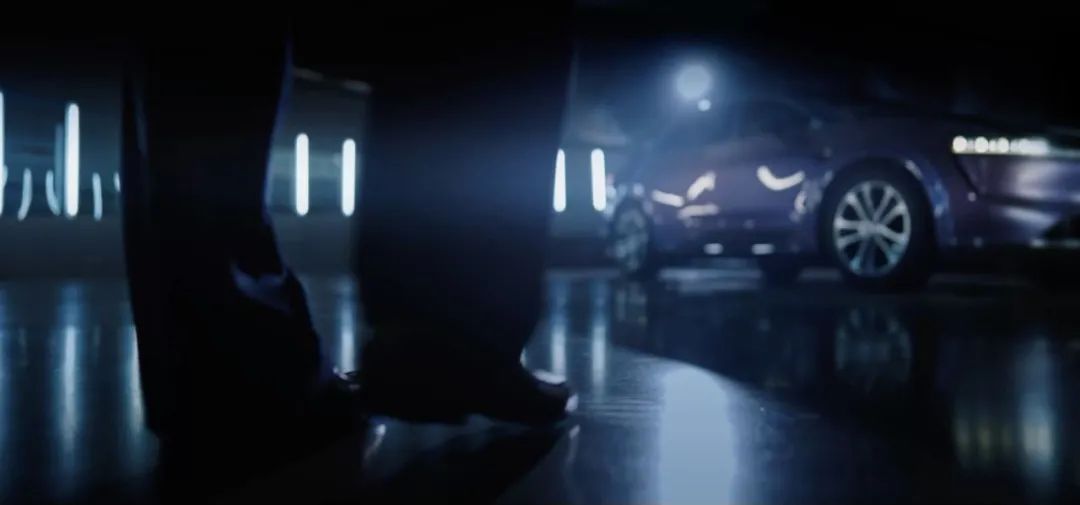
Fast forward to today, and a similar story is unfolding in China.
Regardless of whether China surpassed the United States in GDP based on IMF purchasing power parity in 2017, its manufacturing sector boasts unparalleled global advantages in terms of industrial categories, basic material production, and talent pool.
By 2019, China became the only country in the world with all industrial categories classified by the United Nations. Among the world's 500+ major industrial products, China leads in the production of over 220. In 2023, China's electricity generation exceeded 9.4 trillion kWh, compared to 4.4 trillion kWh in the United States and 1.9 trillion kWh in India.
The automotive industry benefits from these macroeconomic drivers.
Intelligence is the inevitable direction of automotive transformation. As the only company truly conducting full-stack in-house R&D of intelligent technology, Huawei's journey began with accumulating electronic technology in its telecommunications business and later extended to consumer electronics, where its smartphones even rivaled Apple's iPhone. These seemingly unrelated endeavors laid the foundation for automotive intelligence, both in terms of talent pool and intelligent technology patents.
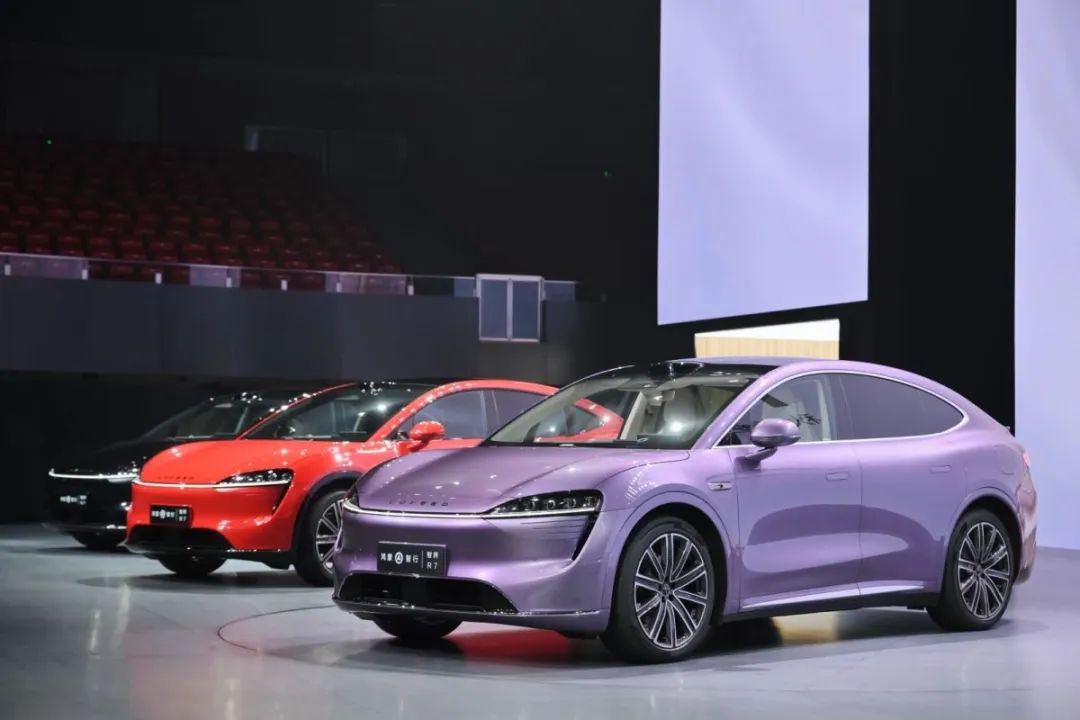
In the field of new energy, companies such as CATL are among the global leaders in power batteries, while companies like Dangsheng, Shanshan, andBTR are occupying a large proportion of the global anode and cathode material market, all of which provide unique conditions from the supply chain dimension.
Even the International Energy Agency acknowledges that the advantages of China's new energy and intelligent industrial chain in the automobile industry are difficult to shake. Fertile soil enables seeds that germinate later to surpass other competitors at a faster pace and eventually grow into towering trees.
China's vast domestic market and diverse consumer demands also constitute the best environment for technological iteration. The accumulation of user data and functional application iteration alone are unmatched in other markets. Therefore, the Internet economy and semiconductor technology applications are most vibrant in the Chinese market. The rise of Huawei smartphones benefited from this, and the same goes for the expansion of HarmonyOS smart car business.
Tesla is essentially an introduced catfish, not a human savior. While it promotes technological progress, it does not mean that it is insurmountable. Any specific product development cannot be separated from the macro environment.
From semiconductors/intelligence to automotive research and development, China's industry has continued to advance. In the face of an unstoppable trend, it is inevitable that China's automobile industry will comprehensively surpass Tesla.
The moment when Zhijie R7 surpasses Model Y in performance is also the moment when Tesla loses its charm, and it is also a glorious moment for the macro power to boost the rise of China's manufacturing industry.







